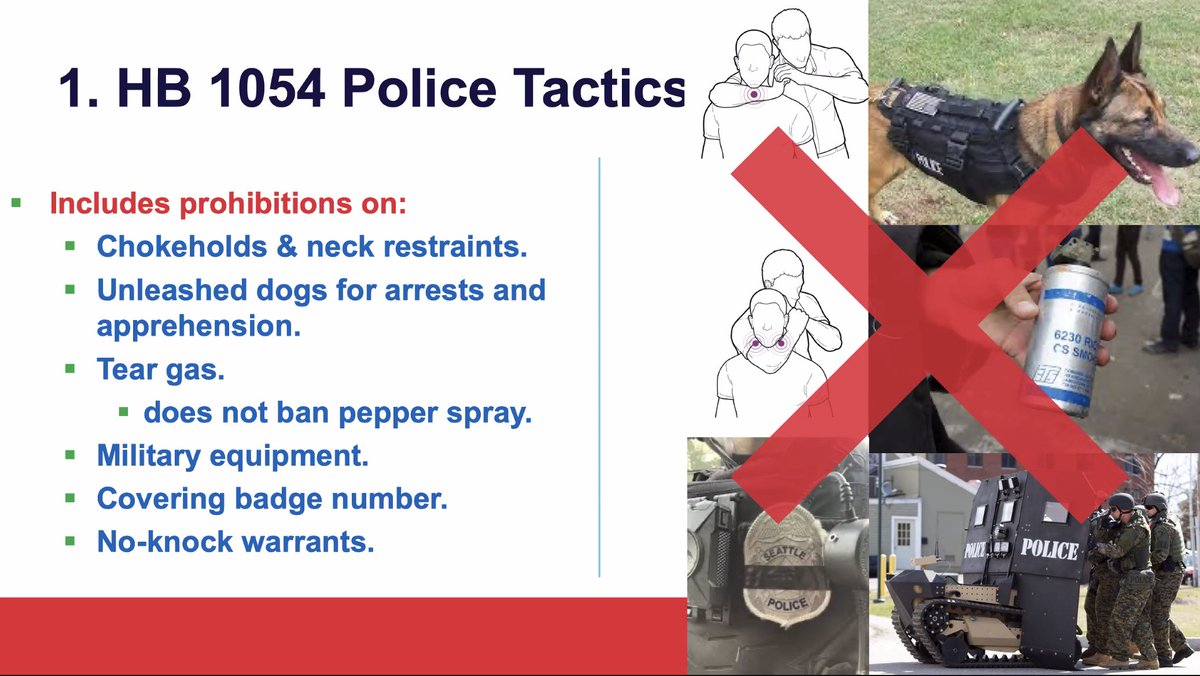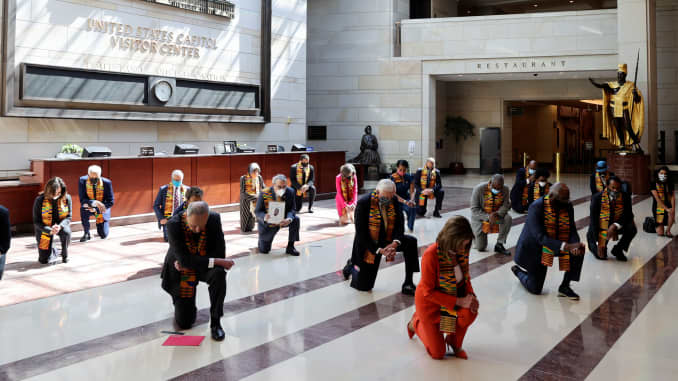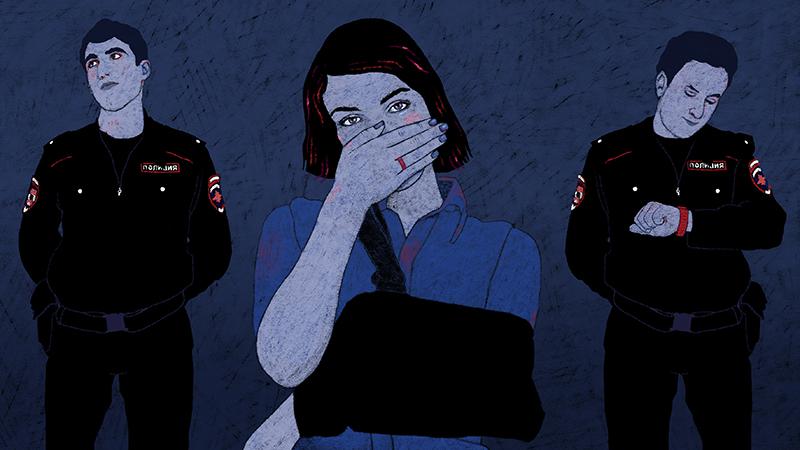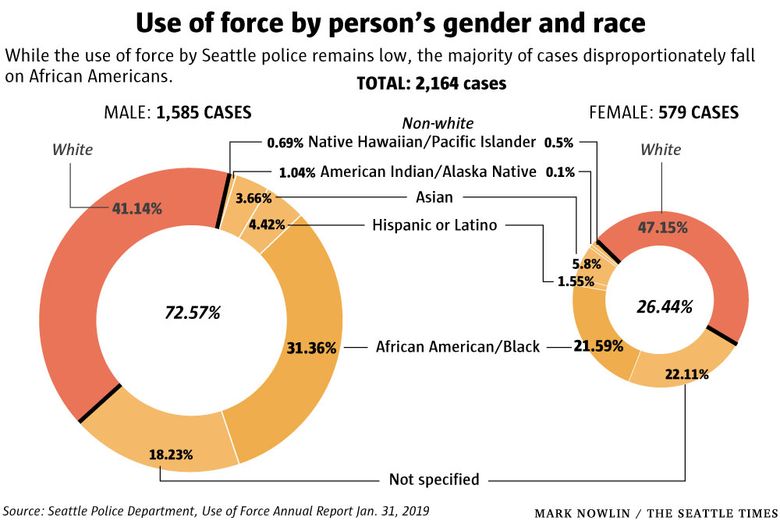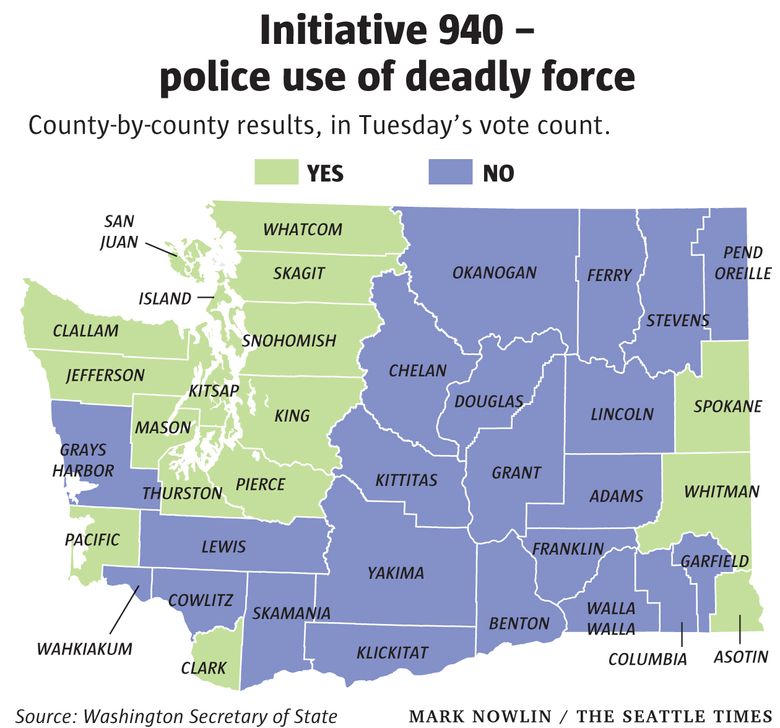King5 News reports that Democratic Sen. Yasmin Trudeau has sponsored a bill banning hog-tying by police. The restraint technique has long drawn concern due to the risk of suffocation, and while many cities and counties have banned the restraint technique, it remains in use in others.
The legislation comes nearly four years after Manuel Ellis, a 33-year-old Black man, died facedown with his hands and feet cuffed together behind him. The case that became a touchstone for racial justice demonstrators in the Pacific Northwest.
Senator Trudeau said she doesn’t want anyone else to experience the “dehumanization” Ellis faced before his death.
“How do we move through the need for folks to enforce the laws, but do it in a way where they’re treating people the way we expect, which is as human beings?” ~Senator Yasmin Trudeau
In the last four years, states across the U.S. have rushed to pass sweeping policing reforms. The legislation was prompted by racial injustice protests and the death of George Floyd and others at the hands of law enforcement. Few have banned prone restraint, according to the National Conference of State Legislatures.
The attorney general’s office in Washington recommended against using hog-tying in its model use-of-force policy released in 2022. At least four local agencies continue to permit it, according to policies they submitted to the attorney general’s office that year.
The Pierce County Sheriff’s Department said it still allows hog-tying but declined to comment on the bill. One of the department’s deputies was involved in restraining Ellis, whose face was covered by a spit-hood when he died.
THOSE SUPPORTING THE LEGISLATION





